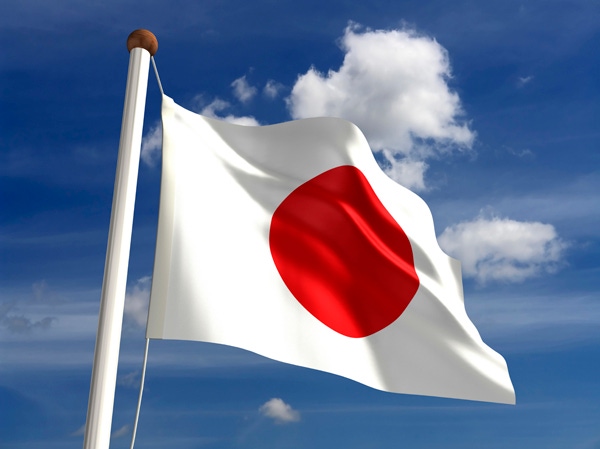Pork to Japan Sales Expected to Exceed $2 billion
With one month left to tally in 2012 calendar year export statistics, international sales of U.S. pork stand on the verge of a second-consecutive year of record volume and value of pork.
January 22, 2013

With one month left to tally in 2012 calendar year export statistics, international sales of U.S. pork stand on the verge of a second-consecutive year of record volume and value of pork. To date, pork sales already exceed 2 million metric tons (nearly 4.6 billion pounds) sold internationally for more than $5.8 billion.
Once again, the key value market is Japan. Through the 11 months reported, sales of U.S. pork to Japan has reached 424,529 metric tons (935.9 million pounds) valued at $1.85 billion. With another more month to go, Japan is projected to be the first export market to buy in excess of $2 billion of American pork in a single year. Considering all export markets, only Japan and Mexico have exceeded $1 billion.
The value of pork exports to Japan are a key to maintaining the premiums that American producers see from global pork exports. Through November, the value of all U.S. pork exports (muscle cuts and variety meat) equals $56.12/head processed.
To maintain the momentum of pork exports to Japan, the U.S. Meat Export Federation (USMEF) is focusing on several initiatives to grow sales in niches that haven’t been fully explored. One example is a recent partnership with the world’s-largest soy sauce maker, Kikkoman, to promote U.S. pork back ribs. The Kikkoman contribution helped support promotions at two major Japanese retailers while multiplying the impact of USMEF funding received from the USDA Market Access Program (MAP), an initiative that supports U.S. agricultural exports.
Retail giant Aeon alone featured the ribs as part of its Beaujolais Nouveau Fair at 1,500 of its retail stores. In a separate promotion during the holiday season, Aeon collaborated with USMEF on a unique joint promotion for U.S. pork back ribs stewed in Pepsi Next – a lower-sugar version of Pepsi Cola. In addition to print and point-of-sale advertising, the dish was featured in an Aeon holiday television campaign.
In the final two months of 2012, USMEF turned to popular cooking instructor Rika Yukimasa to help introduce a new dining concept – the thick-cut pork. Japanese diners traditionally prefer thinly sliced meat. USMEF and Yukimasa developed new U.S. pork recipes with funding support from the Pork Checkoff, including some for microwave cooking that were introduced to a group of 160 food bloggers and homemakers to develop word-of-mouth awareness. The series of “easy cooking roast pork” recipes got additional visibility in a feature in the popular ESSE magazine (500,000 circulation).
Since neither retailers nor consumers are familiar with how to handle thicker cuts of pork, USMEF provided support to participating retailers by training food demonstrators on how to cook the thicker cuts of U.S. pork in the oven and in the microwave. They also were provided with talking points to explain the appeal of the cuts to interested shoppers.
In a separate initiative, USMEF is working with U.S. pork companies to make inroads into a niche that until recently has been the exclusive province of Japanese domestic food companies – branded pork. Competition in this market is intense with more than 400 domestic brands competing for consumer attention. But U.S. pork is gaining a foothold in this high-end niche. Earlier this year, USMEF conducted an American Branded Pork Campaign to encourage consumers to purchase branded U.S. pork in supermarkets and restaurants.
In a session for top Japanese newspaper editors representing a collective circulation of nearly 30 million, USMEF introduced U.S. branded pork with an enthusiastic recommendation from Hideki Ohba, the executive chef of the ANA Intercontinental Hotel. Ohba touted the product’s good flavor and texture, reasonable price, strict quality control systems in the United States and the stable supply of high-quality products.
“Because of the quality and tastiness of our pork, many of our guests think that our hotel restaurant uses domestic pork,” Ohba explains. “They are surprised once they know it is U.S. pork,” adding that his customers have developed a high regard for American pork.
With the help of initiatives like these, U.S. pork has been the leading source in Japan for eight consecutive years. Currently, U.S. product accounts for 45% of the volume of all pork imported in Japan, a fact recognized in USMEF ads in Japan that state American pork is “Erabarete #1” – chosen No. 1 by you, the consumers.
You May Also Like



